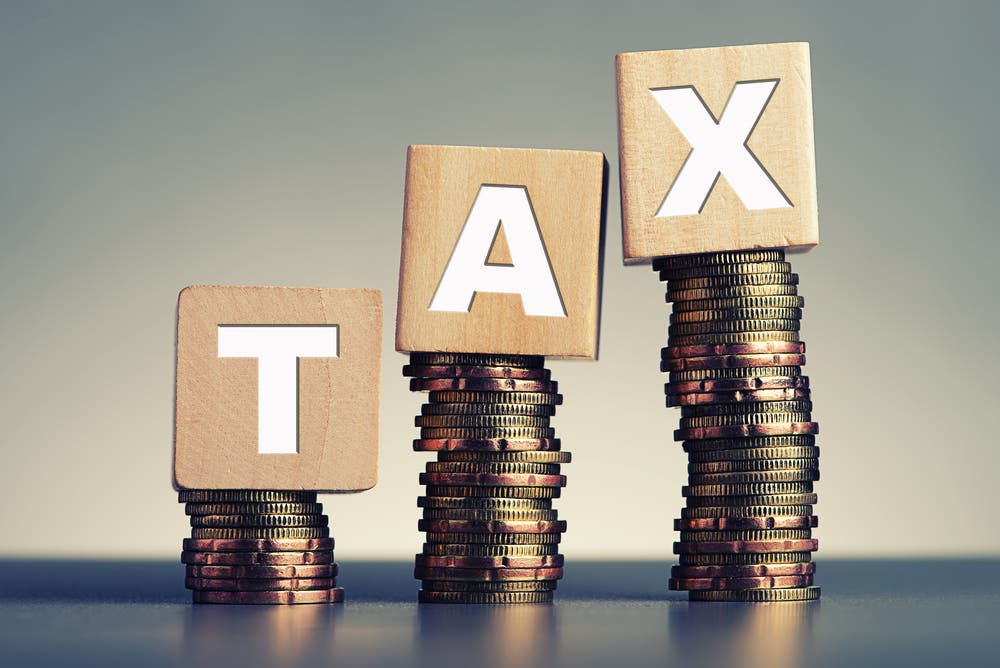News
Hundreds of thousands of workers dragged into higher tax bands

An estimated 300,000 workers are expected to fall into paying the higher rate of tax, while an equal number will be pulled into the 45% additional rate band in 2023/24, as the stealth freeze rumbles on.
In the 2023/24 financial year, 35.9 million people will pay income tax – an increase of 1.3 million on the previous year. Compared to 2020/21 an extra 4.2 million people are now paying income tax.
Basic rate (20%) income taxpayers make up the bulk, standing at 28 million which has remained consistent over the past couple of years.
But the biggest changes are seen when it comes to higher (40%) and additional (45%) rate income tax, according to figures from HMRC.
It noted 5.3 million higher rate taxpayers in 2022/23, but projects this number will rise by 300,000 to 5.6 million in 2023/24. This group has risen from the four million recorded in 2020/21.
Meanwhile, additional rate taxpayers – those who earn the largest amount – have also doubled, from 433,000 in 2020/21 to an estimated 862,000 in the most current tax year.
And within the overall taxpayers, eight million are in receipt of the state pension, up from 7.3 million recorded in the last year.
‘Steady stream of taxpayers crossing thresholds’
According to Laura Suter, head of personal finance at AJ Bell, today’s figures “lay bare the real impact of the lowering of the additional rate income tax band from £150,000 to £125,140 at a time when wages are growing fast”.
Suter said: “Since tax bands were frozen in 2021 there has been a 142% increase in the number of individuals paying income tax at the 45% rate, with an extra 373,000 people being pushed into paying the highest rate of tax on their income. But if we look back to when the Conservatives first came to power, during the coalition government in 2010, we’ve seen a near four-fold increase in the number of additional rate taxpayers, rising from 236,000 up to 862,000.
“The impact on higher rate taxpayers has been more muted but still significant. This year the number of higher-rate payers is expected to hit its highest ever, with 5.6 million people paying tax at 40%. This represents a 29% increase since tax bands were frozen in 2021, showing the extent to which the stealth tax has hit people’s pockets. Current high inflation rates mean more people are getting significant pay rises to try to keep pace with rising prices. But with income tax bands frozen it means many are being pushed into the next tax bracket.”
Sarah Coles, head of personal finance at Hargreaves Lansdown, added things are likely to get worse.
Coles said: “We’re still only very near the start of the income tax threshold freeze – which kicked in from April 2022 and is set to last until 2028. It means things are set to get even worse over the next few years. We’re going to see a steady stream of taxpayers crossing thresholds and paying eye-watering levels of tax.”
Meanwhile, Alice Guy, head of pensions and savings at Interactive Investor, said: “We’re living through worrying times when, despite rising costs, more pensioners than ever are expected to pay tax this year. The stark figures demonstrate the chilling effectiveness of freezing tax thresholds. The personal allowance has been frozen at around £12,500 since 2019 and is expected to remain at the same level until at least 2028.
“We often focus on how fiscal drag affects higher earners, but it actually costs lower earners more as they will see more and more of their income taxed at 20%. Someone earning £20,000 in tax year ending 2022/23 will see their tax bill rise by the equivalent of a 10p increase in income tax by 2028 as the frozen tax thresholds mean a much higher portion of their income becomes taxable as their income rises with inflation.”